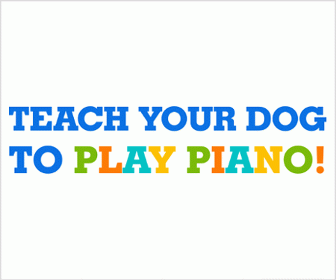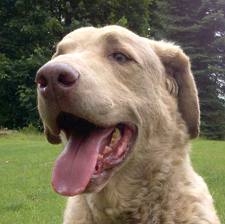Dog Exercise: Very Important Considerations


A lot has been said about the effects lack of exercise has in dogs, something I consider very significant for all dog owners to learn. Today I would like to mention a few important tips to remember in the other direction because the effects of these could harm instead of help you dog, which is exactly the contrary of what any dog loving owner would want.
The first things to consider are the age, size and breed of the dog. Puppies could never stand the same amount of exercise as an adolescent dog. You will see they spend a lot of time during the day moving, playing and just being curious, but you will also notice they spend many hours sleeping. That means they know when to exercise and when to rest, just like human babies.
Young dogs will, of course, have a lot of energy; nevertheless, that does not mean that energy will keep them running or jumping all day long. As a matter of fact, studies have shown that running and constant or sustained jogging can hurt instead of benefit young dogs because their bones have not finished the natural growth process yet.
Old dogs, precisely because of the natural course of life, will show much less energy and endurance while exercising, so it is important to always be alert to what it shows it can stand. Some people tend to forget the aging process in dogs is not the same as ours, so if the dog owner does not have any idea of his dog’s true age, the information is on the internet and can also be easily determined by asking its veterinarian. Don’t make the mistake of pretending your dog is what you want it to be and not what it really is as far as age is concerned just because it appears to be fit to you. Many dog owners do fail here and try to force their dogs to go on and on when the animal has already shown signs of being tired.
Small dogs and also short- legged dogs normally do not need as much exercise as larger ones, so make sure you remember this. Don’t pretend to have your Chihuahua or Dachshund follow the same routine as your Collie or Labrador Retriever.
When considering breeds, the list should begin by placing your dog in the correct classification or group, if it happens to be of a pure one. According to the AKC there are seven main groups:
• Sporting Dogs
• Hound Dogs
• Working Dogs
• Terriers
• Toys
• Herding Dogs
• Non-Sporting Dogs
Sporting, Hound, Working and Herding dogs are naturally designed for exercise and endurance and some Terriers also have a tendency to be, feisty and playful animals. In this last group, do remember to also consider the size of the dog, since Terriers do vary a lot.
Other very important characteristics to keep in mind when considering an exercise program for your dog are the physiological or structural ones. Some examples of these are:
Dogs belonging to breeds with short or flat noses like Pug, French Bulldog , Boxer or Pekingese tend to have respiratory or breathing problems if they are excessively exercised.
Some hounds, called sighthounds, in which group we can find the Greyhounds and Whippets, are structurally built for running short and not long distances.
When we see large, strong dogs, like German Shepherds, Rottweilers or Siberian Huskies, we imagine they are prepared for anything having to do with exercise and we are wrong. Large dogs are typically prone to certain ligament injuries, to hip dysplasia and arthritis, so a prolonged or sustained exercise program can hurt instead of benefit them.
There are also those breeds that show a tendency to bloat. In these we find the narrow-bodied breeds like German Shepherds, Great Danes and Doberman Pinschers. The important thing to remember here is to never take any dog belonging to this category to exercise after it has had its meal.
Good dog owners are always careful about their dog’s health condition and that is one of the most important issues to keep in mind when thinking about dog exercise.
Someone suffering from a hip condition or a heart weakness would never engage in an exercise program without consulting his doctor, right? The same applies to dogs. If the dog owner is not completely sure about his dog’s health condition, he must have it checked first by its veterinarian and follow her instructions as to what exercise program to follow and what to avoid in order for the dog to benefit and not be injured by it.
Just as exercise is a must in any dog’s life, so is the correct type of exercise and the adequate time the dog is going to practice the same according to its very individual needs and conditions.
